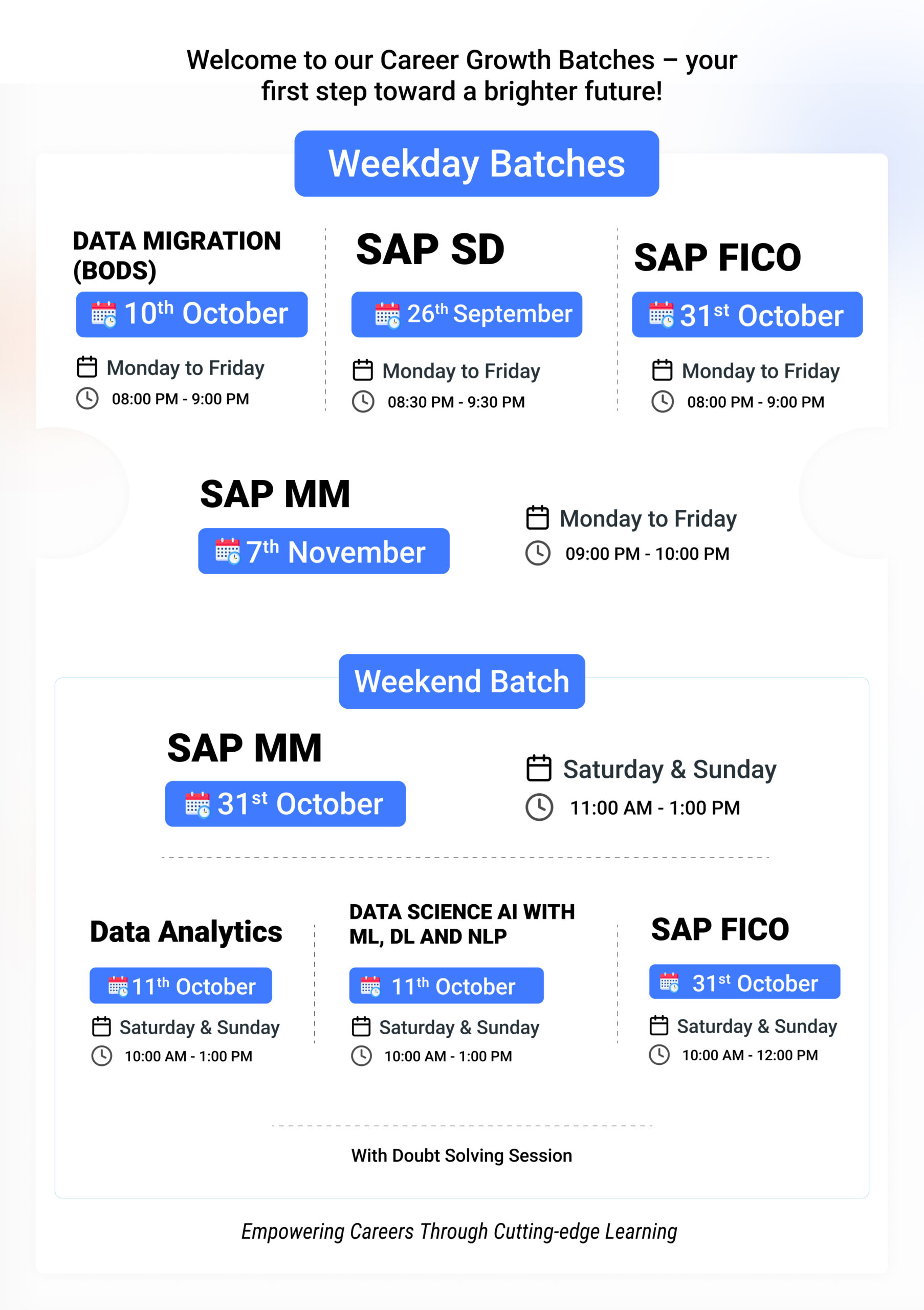Project System (PS)
Project System (PS) in ERP: A Complete Guide to Effective Project Management
Introduction to the Project System (PS) Module
The Project System (PS) module in ERP systems, particularly SAP, is a powerful tool for end-to-end project management. As businesses increasingly adopt project-based work models, PS helps organizations plan, execute, monitor, and close projects efficiently. This guide explores the PS module’s functionalities, integration capabilities, and strategic importance in modern project management.
Core Functions of the PS Module
The PS module supports the entire project lifecycle, including:
- Project Planning – Defining scope, timelines, and milestones.
- Resource Allocation – Assigning personnel, materials, and budgets.
- Progress Tracking – Monitoring task completion and adherence to schedules.
- Cost Control – Managing budgets and financial performance.
By centralizing these functions, PS ensures projects stay on track and within budget.
Integration with Other SAP Modules
The PS module seamlessly connects with key SAP components, enhancing visibility and control:
| Module | Integration Benefit |
| FI (Financial Accounting) | Tracks project expenses and revenue. |
| CO (Controlling) | Analyzes project profitability and cost efficiency. |
| MM (Material Management) | Manages procurement and inventory for projects. |
| HR (Human Resources) | Allocates workforce and tracks labor costs. |
This integration provides a 360-degree view of project performance.
Hierarchical Project Structure in PS
The PS module organizes projects into manageable levels:
- Overall Project – High-level objectives and budget.
- Phases/Work Packages – Major project segments.
- Individual Tasks – Specific activities with assigned resources.
This breakdown improves monitoring, risk management, and agile adjustments.
Budgeting and Financial Control in PS
Key financial features include:
✔ Budget Allocation – Setting spending limits per project phase.
✔ Commitment Management – Tracking purchase orders and contracts.
✔ Real-Time Reporting – Generating financial insights for decision-making.
These tools help prevent cost overruns and improve fiscal discipline.
Performance Measurement with KPIs
The PS module tracks critical metrics such as:
- Schedule Variance (SV) – Measures timeline deviations.
- Cost Performance Index (CPI) – Evaluates budget efficiency.
- Resource Utilization Rate – Assesses workforce productivity.
Regular KPI analysis enables data-driven improvements in project execution.
Collaboration and Communication Tools
PS enhances teamwork through:
- Document Management – Centralized storage for project files.
- Workflow Automation – Streamlines approvals and task assignments.
- Stakeholder Dashboards – Provides real-time updates to clients and teams.
These features reduce information silos and improve coordination.
AI and Advanced Technologies in PS
Emerging innovations transforming PS include:
🔹 Predictive Analytics – Forecasts delays and resource shortages.
🔹 Machine Learning – Optimizes scheduling based on historical data.
🔹 IoT Integration – Monitors equipment and logistics in real-time.
These advancements enable proactive project management in dynamic environments.
Strategic Importance of PS in Modern Business
In today’s fast-changing market, PS helps organizations:
Execute projects faster with structured workflows.
Align projects with business goals through integrated planning.
Enhance competitiveness via efficient resource use.
Companies leveraging PS gain a strategic edge in project delivery.
Conclusion: The Future of Project System (PS)
The PS module remains a cornerstone of ERP-driven project management, offering:
✔ End-to-end project control
✔ Seamless cross-module integration
✔ Data-driven decision-making
As AI and automation evolve, PS will become even more intelligent, adaptive, and indispensable for businesses worldwide.








